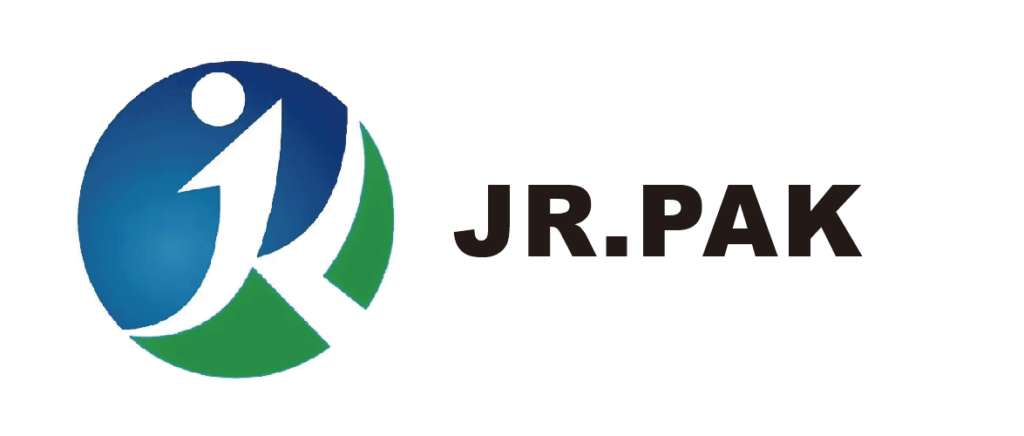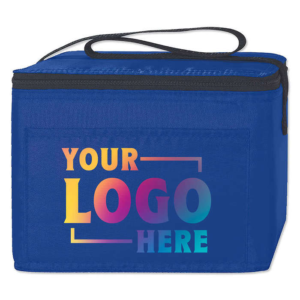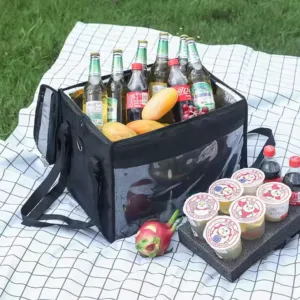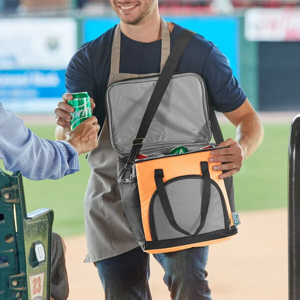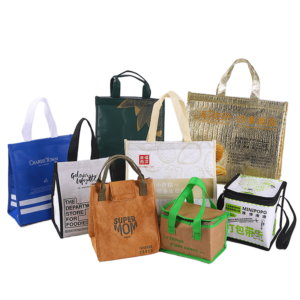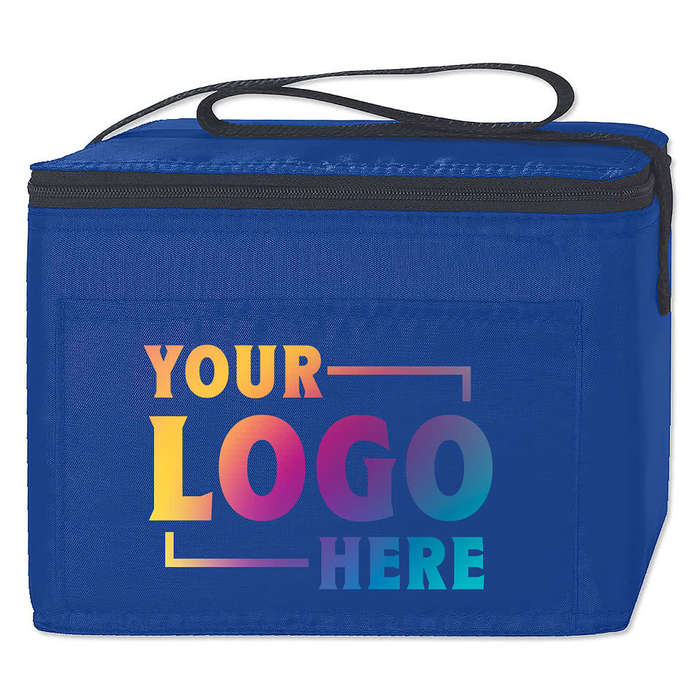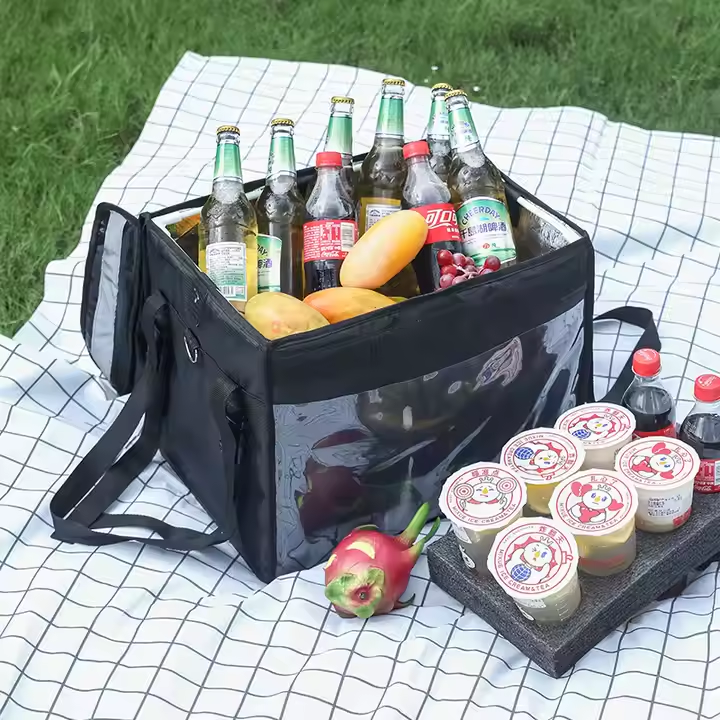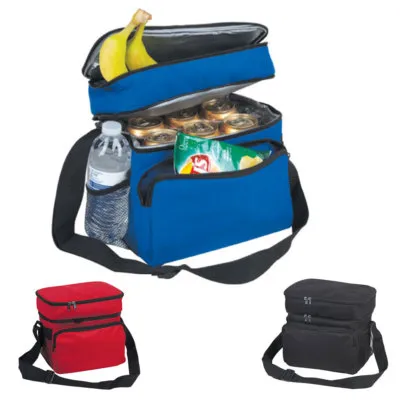Understanding the differences between non-woven and woven bags is crucial for buyers looking to choose the right packaging solution. This guide outlines five key factors to help businesses make informed decisions based on use, budget, and branding needs.
5 Key Differences Between Non Woven and Woven Bags
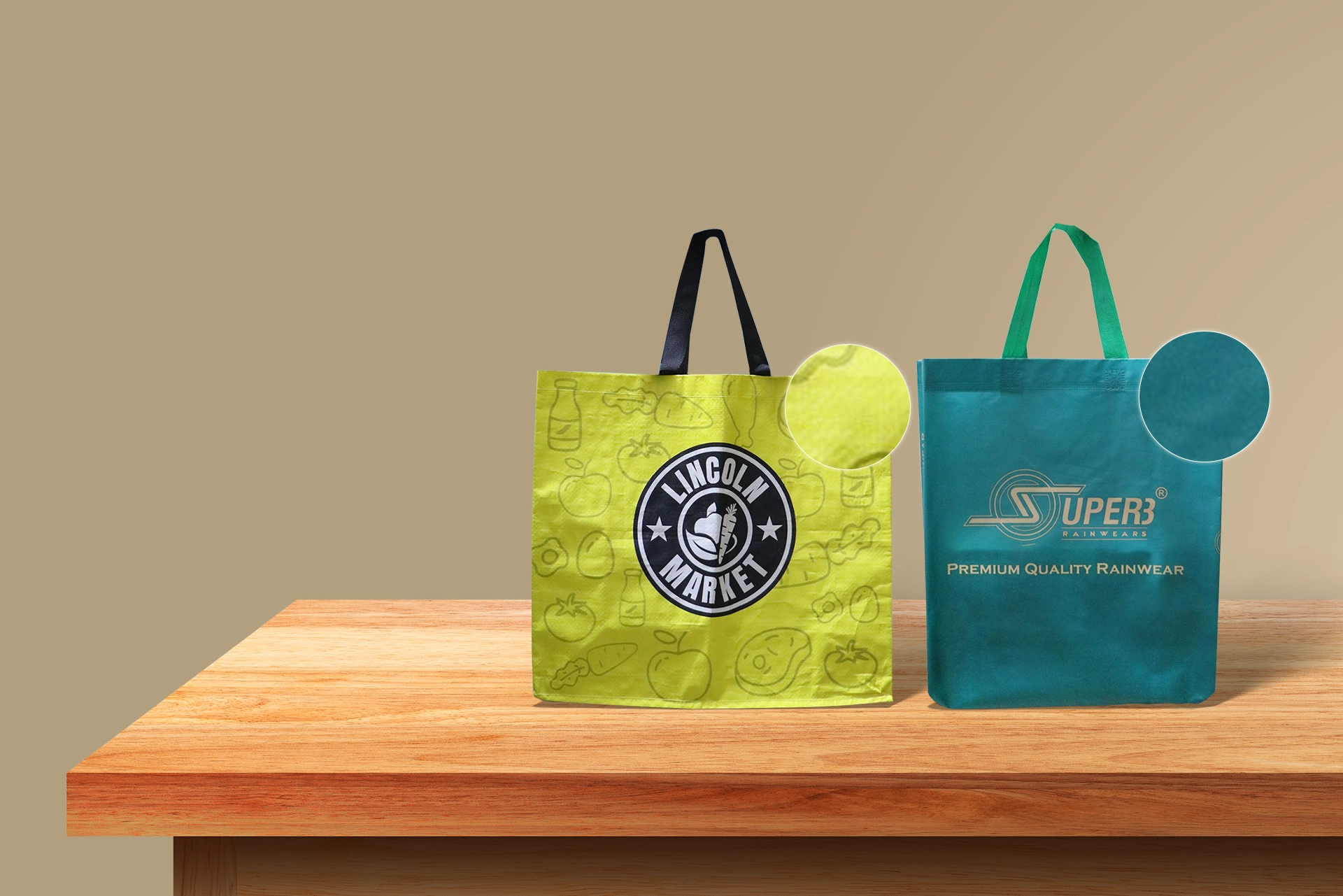
Woven bags are made by weaving threads, while non-woven bags are bonded without weaving, resulting in different textures, durability, cost, and customization options.
Read on to explore how each type meets different needs in packaging and branding.
Manufacturing Process
Woven vs. bonded production methods define the structural foundation of these bags.
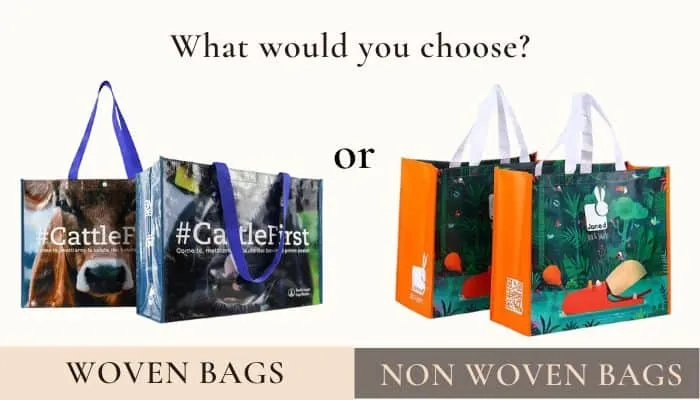
How the Bags Are Made Matters
The core difference in how woven and non-woven bags are made determines much of their performance and cost. Woven bags are produced by interlacing polypropylene tapes or other fibers into a tight mesh, which gives them a checkerboard pattern and a strong, structured feel. This weaving process requires specialized equipment and more time, leading to a heavier and more durable fabric.
In contrast, non-woven bags are created by bonding polypropylene fibers together. This can be done using heat (thermal bonding), pressure, or chemical processes. The result is a softer, more flexible material. This method allows for faster production and greater shape versatility.
| Feature | Woven Bags | Non-Woven Bags |
|---|---|---|
| Production Technique | Woven (tape/thread mesh) | Thermal/Chemical bonding |
| Equipment Complexity | High | Moderate |
| Fabric Feel | Firm and structured | Soft and pliable |
The method of production not only impacts cost but also affects how each bag handles weight, shape, and durability.
Material and Texture
The type of fiber and its finish greatly impact appearance and function.
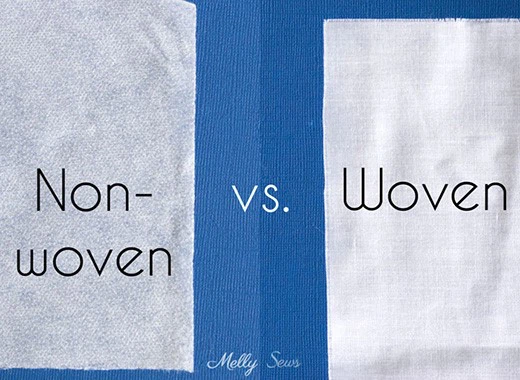
Feel and Flexibility Show the Material Differences
Woven bags are made from polypropylene tapes or sometimes natural fibers. These give the bag a rougher, grid-like texture. The surface is thicker and provides more structure, often associated with durability and ruggedness. This makes them ideal for industrial uses or high-end retail where toughness matters.
Non-woven bags use finer polypropylene fibers that are bonded rather than woven. This gives them a much smoother surface that feels more refined and soft to the touch. Because they are thinner and more pliable, they allow for sleeker designs and easier storage.
| Feature | Woven Bags | Non-Woven Bags |
|---|---|---|
| Fiber Type | Tapes (PP/Natural fibers) | Fine Polypropylene fibers |
| Surface Feel | Textured, thick | Smooth, soft |
| Visual Appearance | Grid-like, coarse | Polished, refined |
Texture not only changes how a bag feels but also how well it accepts print or branding treatments.
Durability and Strength
Different jobs require different levels of toughness.
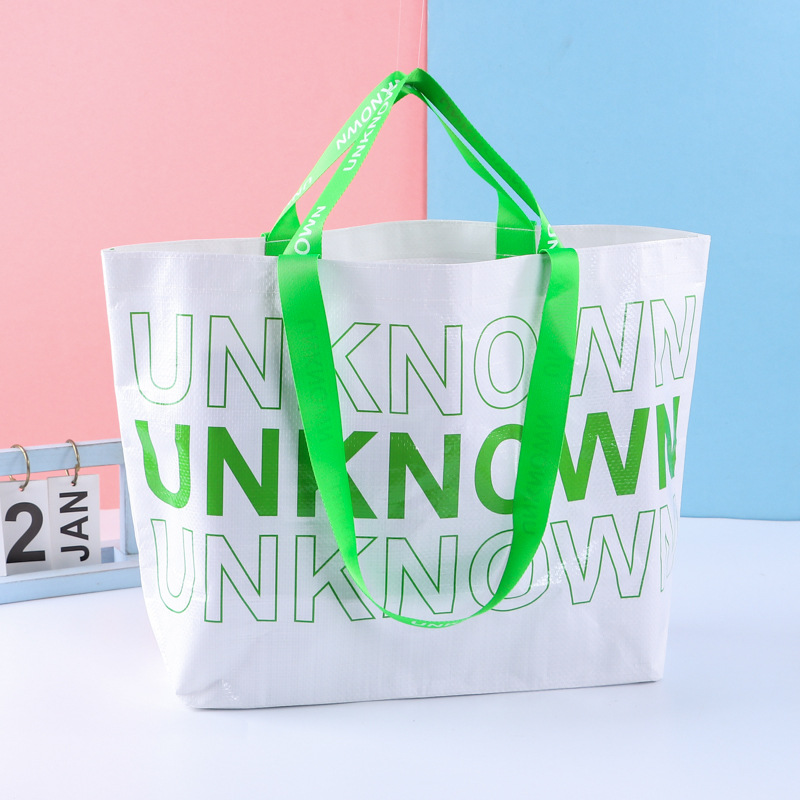
Load Capacity and Lifespan Vary Greatly
Woven bags are engineered for strength. The tight weave of fibers provides resistance to tearing, punctures, and heavy loads. They are designed to be reused many times, making them perfect for logistics, shopping in bulk, or corporate giveaways where long life is key.
Non-woven bags are not as durable. Their bonded structure lacks the interlocking strength of woven tapes. These bags are best for lightweight purposes like event handouts or short-term promotions. They require careful handling to maintain their shape and function.
| Feature | Woven Bags | Non-Woven Bags |
|---|---|---|
| Strength | High (suitable for heavy loads) | Medium to low (light loads) |
| Resistance to Damage | Very durable | Easily torn or punctured |
| Reusability | Long-term use | Short to medium-term use |
Woven bags offer a higher return on use, while non-woven bags shine in quick, economical use cases.
Cost
Budget is a deciding factor for many buyers.
Weaving Costs More Than Bonding
Woven bags require more material, more time, and complex machinery to produce. As a result, their price is typically higher. These costs are justified in scenarios where longevity and load capacity are more important than volume.
Non-woven bags are made through a much faster and cheaper bonding process. They consume less material and can be produced in bulk at lower costs. This makes them ideal for promotional campaigns, trade shows, or short-term use where volume and branding are key.
| Feature | Woven Bags | Non-Woven Bags |
|---|---|---|
| Manufacturing Cost | Higher | Lower |
| Ideal Buyer Type | Long-term users | Bulk promo users |
| Cost Efficiency | Higher initial investment | Lower upfront cost |
For companies on a tight budget, non-woven bags provide excellent value, especially when ordered in large quantities.
Customization and Appearance
Visual impact and branding flexibility differ across bag types.
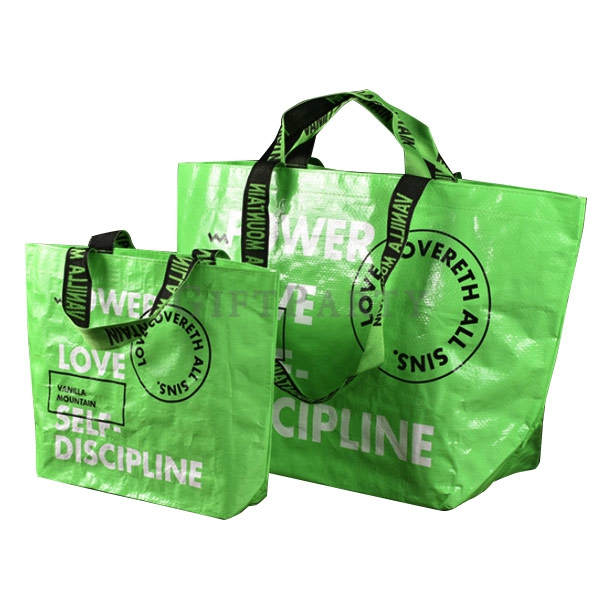
Printing Methods and Visual Options
Woven bags, due to their rough surface, present challenges for printing. Full-color printing is limited and often requires a laminated layer to hold the design. However, this laminated surface gives them a glossy, premium look, which works well for luxury packaging.
Non-woven bags, on the other hand, are easier to print on. Their smooth surface supports vibrant colors, complex designs, and various printing techniques, including screen, offset, and thermal transfer printing. These bags can also be laminated for added shine and durability.
| Feature | Woven Bags | Non-Woven Bags |
|---|---|---|
| Printing Compatibility | Limited | High |
| Surface for Design | Textured, less ideal | Smooth, ideal for printing |
| Branding Impact | Premium look | High visibility, colorful |
If customization and branding are top priorities, non-woven bags are the more effective choice.
Conclusion
Both woven and non-woven bags offer distinct advantages. Woven bags are strong, durable, and perfect for heavy-duty use. Non-woven bags are lightweight, customizable, and budget-friendly. The best choice depends on how you plan to use the bags and what features matter most. At JiaRong Packing, we offer both types with full customization. If you're still unsure which one suits your needs best, feel free to reach out or comment below—we’d love to help you decide!
